Making sure your tire pressure is at the right level is one of the most important parts of car maintenance. Underinflated tires can cause a number of issues when driving, including hazardous blowouts and decreased fuel efficiency. Every driver needs to be aware of the warning signals of low tire pressure and know how to fix it. This post will go over the main warning signs that your tires are underinflated as well as the benefits of using an air pump for automobile tires.
Key Indicators of Low Tire Pressure
One of the first signs that your tire pressure is too low is a noticeable drop in handling quality. If you feel that your car is pulling to one side or that steering feels sluggish, it may be time to check your tire pressure. Additionally, low tire pressure often leads to increased tire wear, particularly on the outer edges. If you notice uneven wear patterns or bald spots, this could indicate insufficient inflation. Lastly, many modern vehicles are equipped with tire pressure monitoring systems (TPMS) that alert drivers when tire pressure falls below recommended levels. If the warning light illuminates on your dashboard, it's crucial to take action immediately.
The Importance of Regular Checks
To maintain optimal tire pressure, regular checks are vital. A simple way to ensure your tires are properly inflated is by investing in a reliable air pump for car tires. At Etenwolf, we offer high-quality air pumps designed for quick and convenient inflation. Using a portable air pump allows drivers to monitor their tire pressure easily, helping mitigate any potential issues before they escalate. Ideally, checking your tire pressure should be a part of your routine maintenance, especially before long trips or seasonal changes.
Taking Action: Inflate Your Tires
If you discover that your tire pressure is too low, taking prompt action is necessary to avoid further complications. First, consult the vehicle's owner manual to find the recommended tire pressure specific to your car. Next, use an air pump for car tires, like those offered by Etenwolf, to inflate your tires to the proper level. Our air pump car tires are designed for user-friendliness and efficiency, ensuring you can quickly get back on the road. After inflating, always double-check the pressure with a gauge to confirm that each tire is adequately filled.
Conclusion
In conclusion, recognizing the signs of low tire pressure is essential for safe driving. By being vigilant and performing regular checks, drivers can ensure that their tires are maintained at optimal pressure. Utilizing an air pump for car tires from Etenwolf not only simplifies the inflation process but also promotes better vehicle performance and safety. Don’t wait for tire problems to escalate; take control of your tire maintenance today and enjoy a smoother, safer ride!

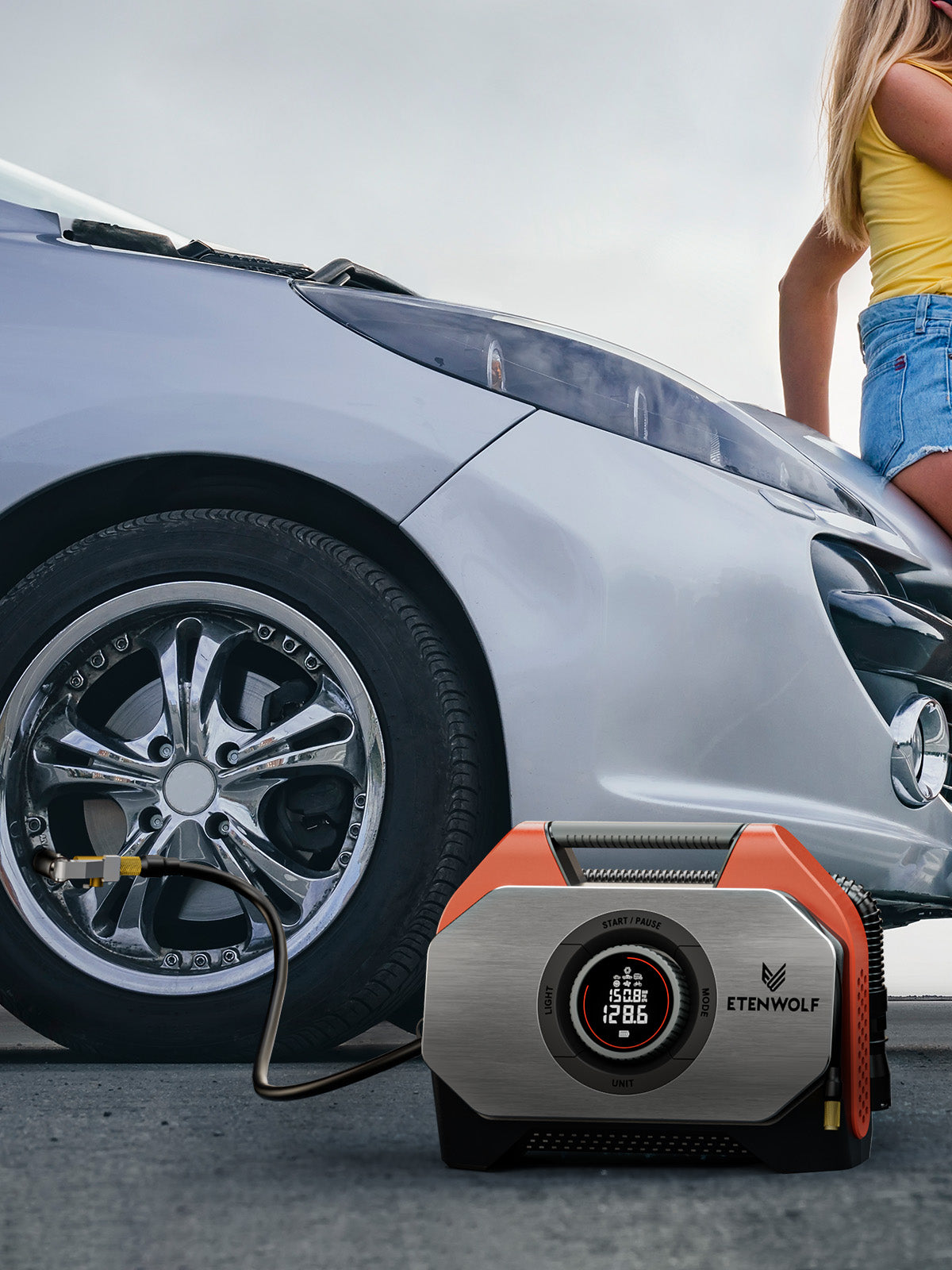
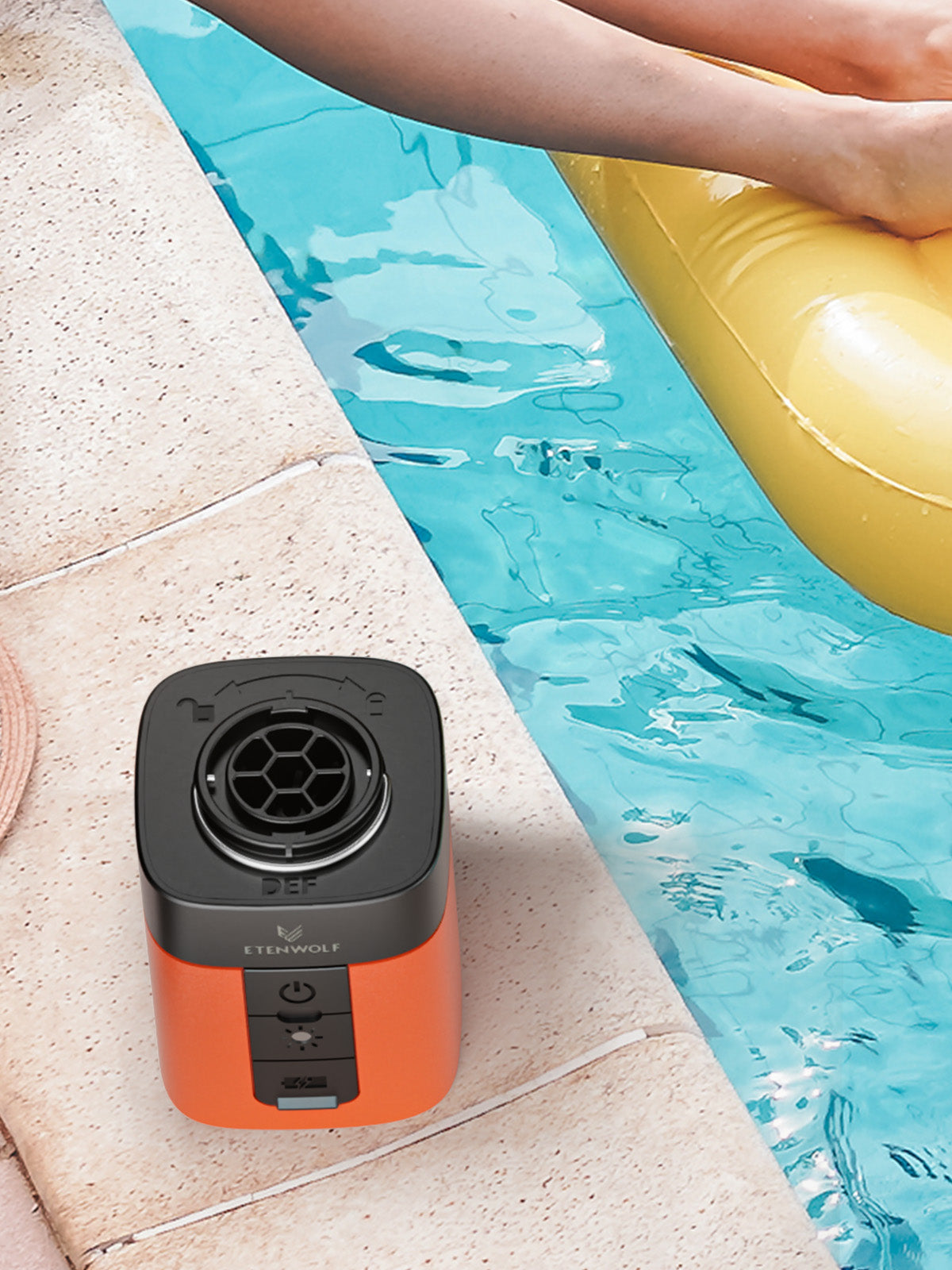
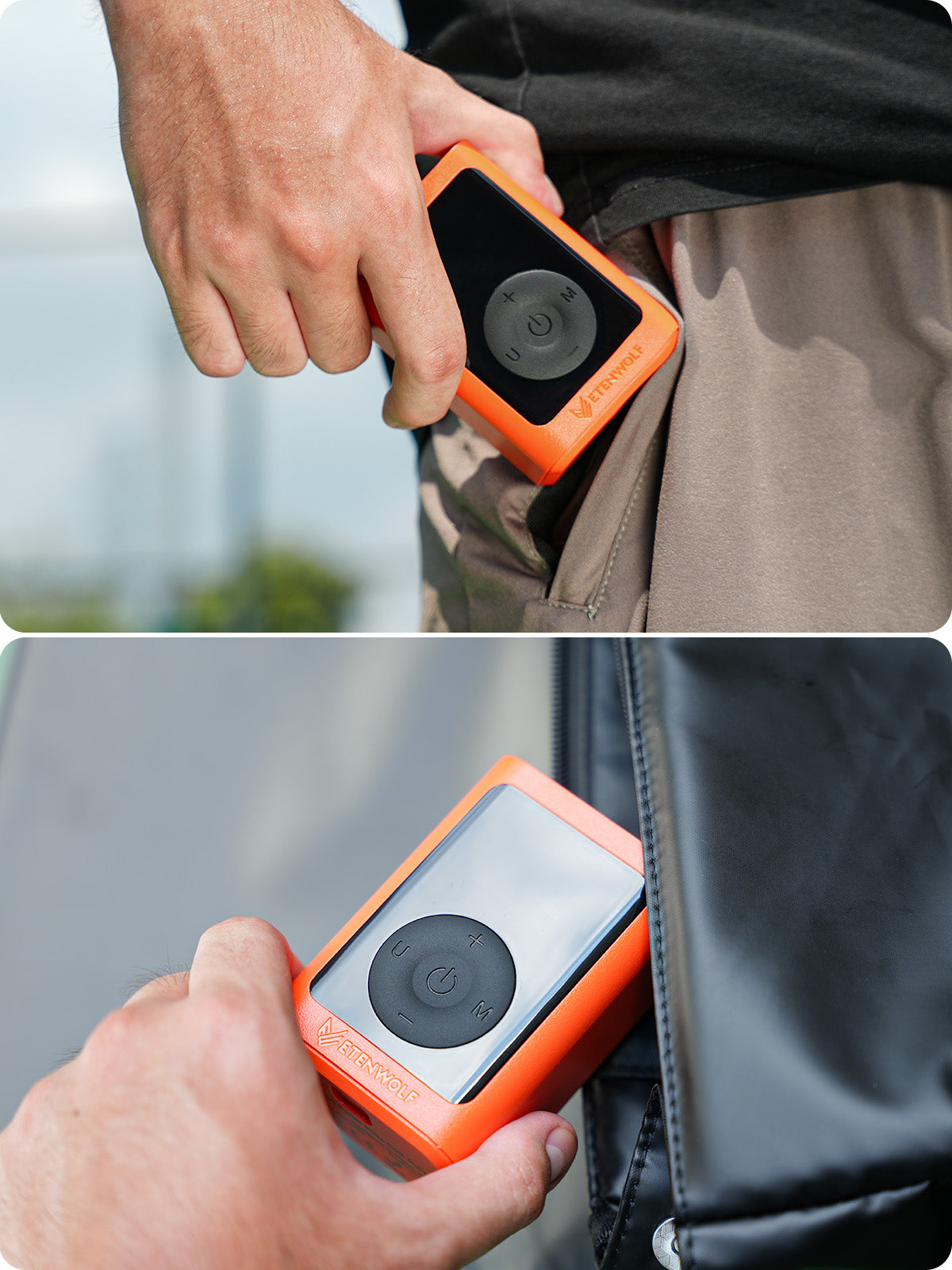
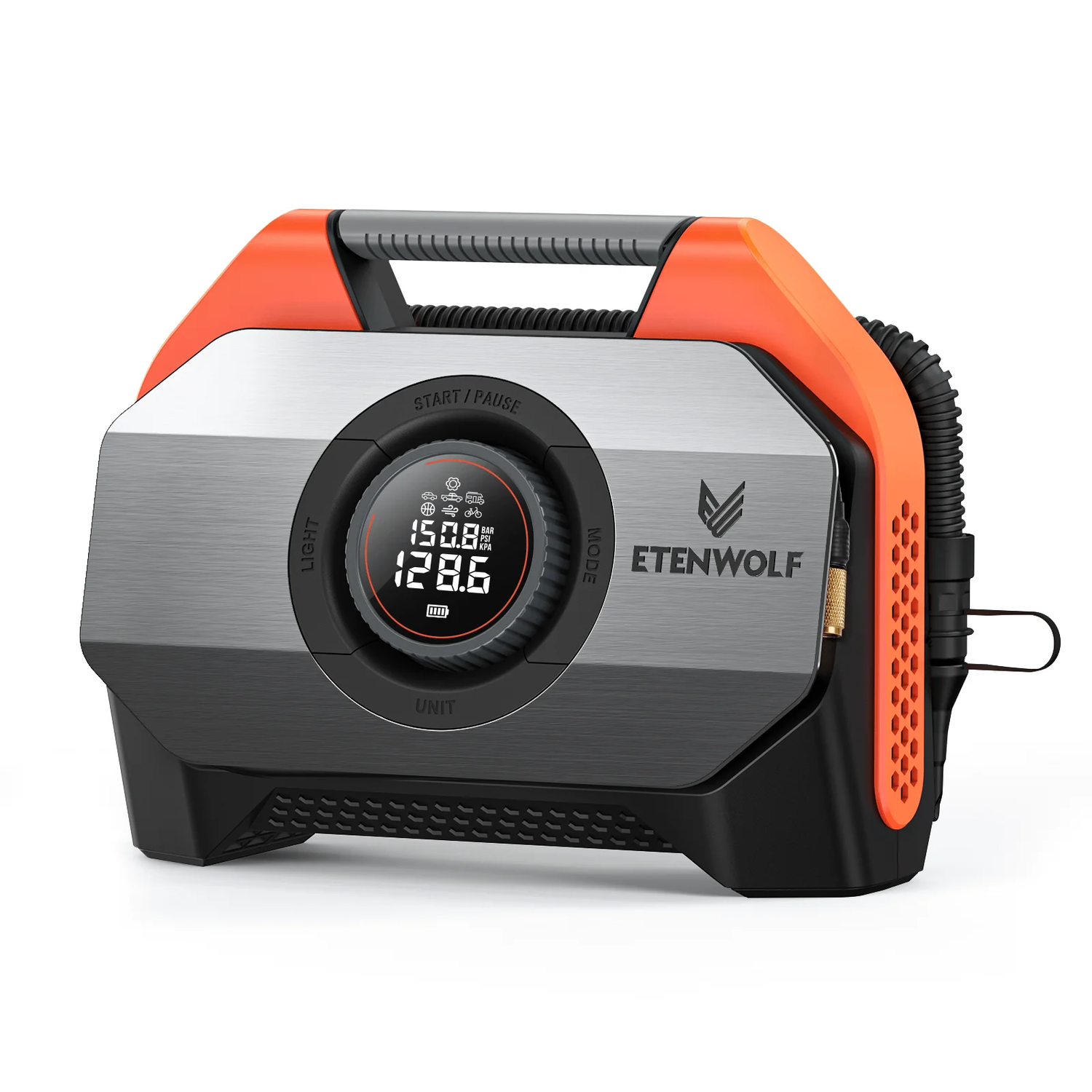
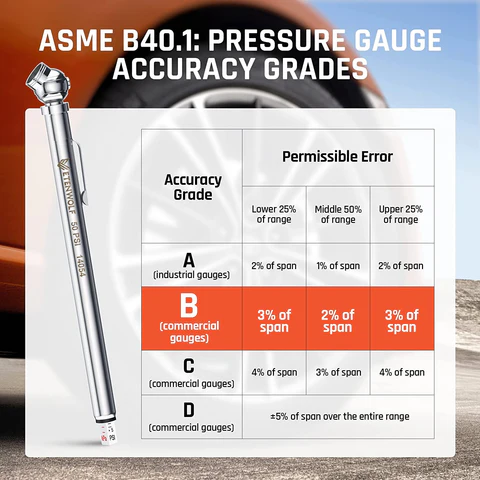
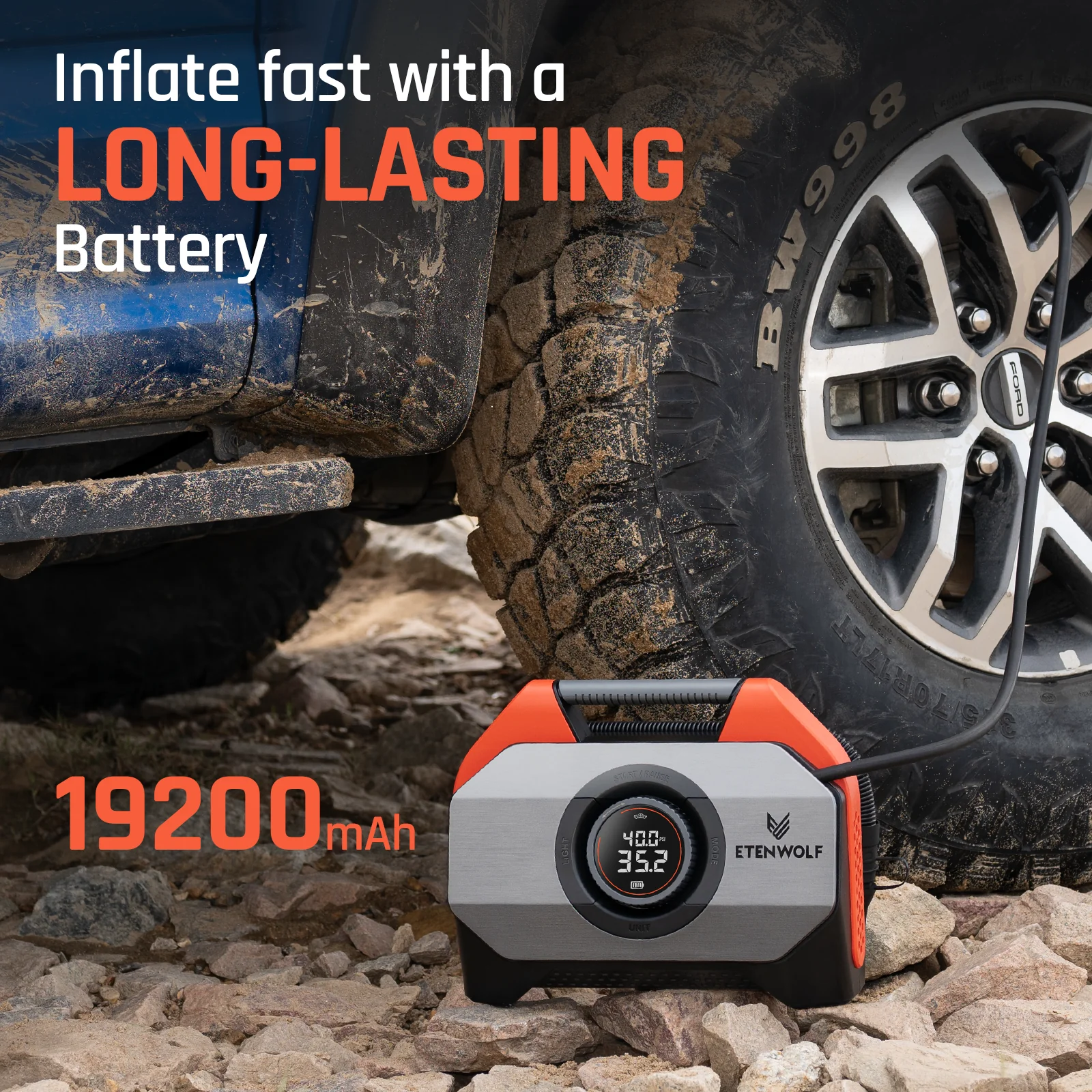
Leave a comment
This site is protected by hCaptcha and the hCaptcha Privacy Policy and Terms of Service apply.